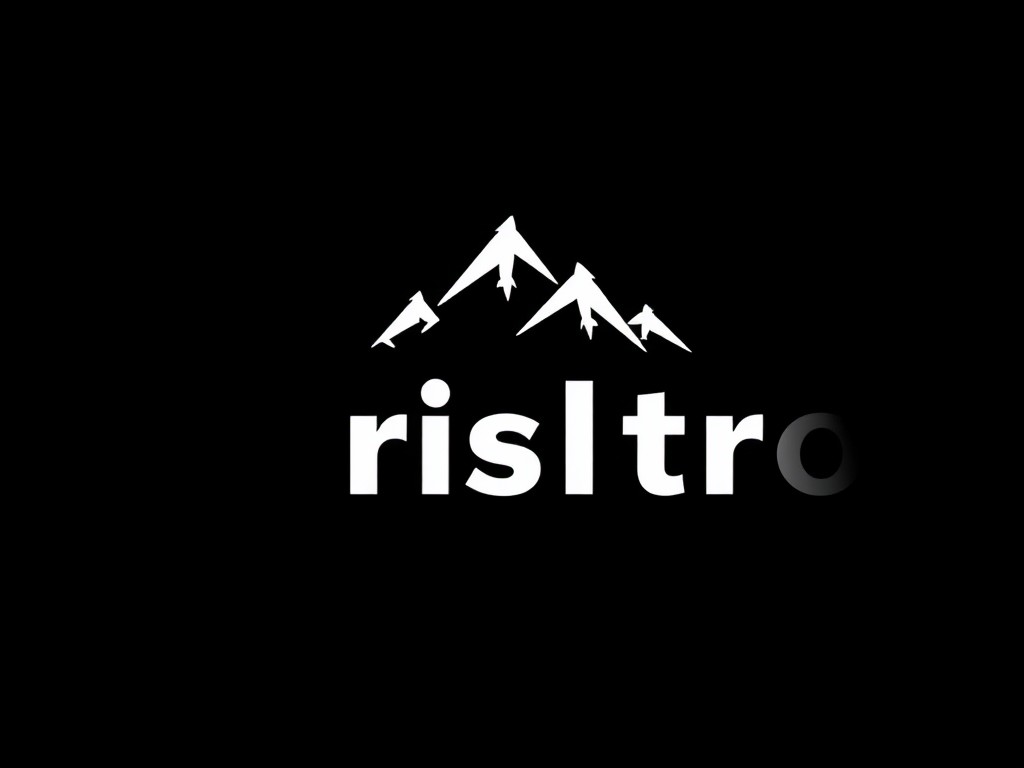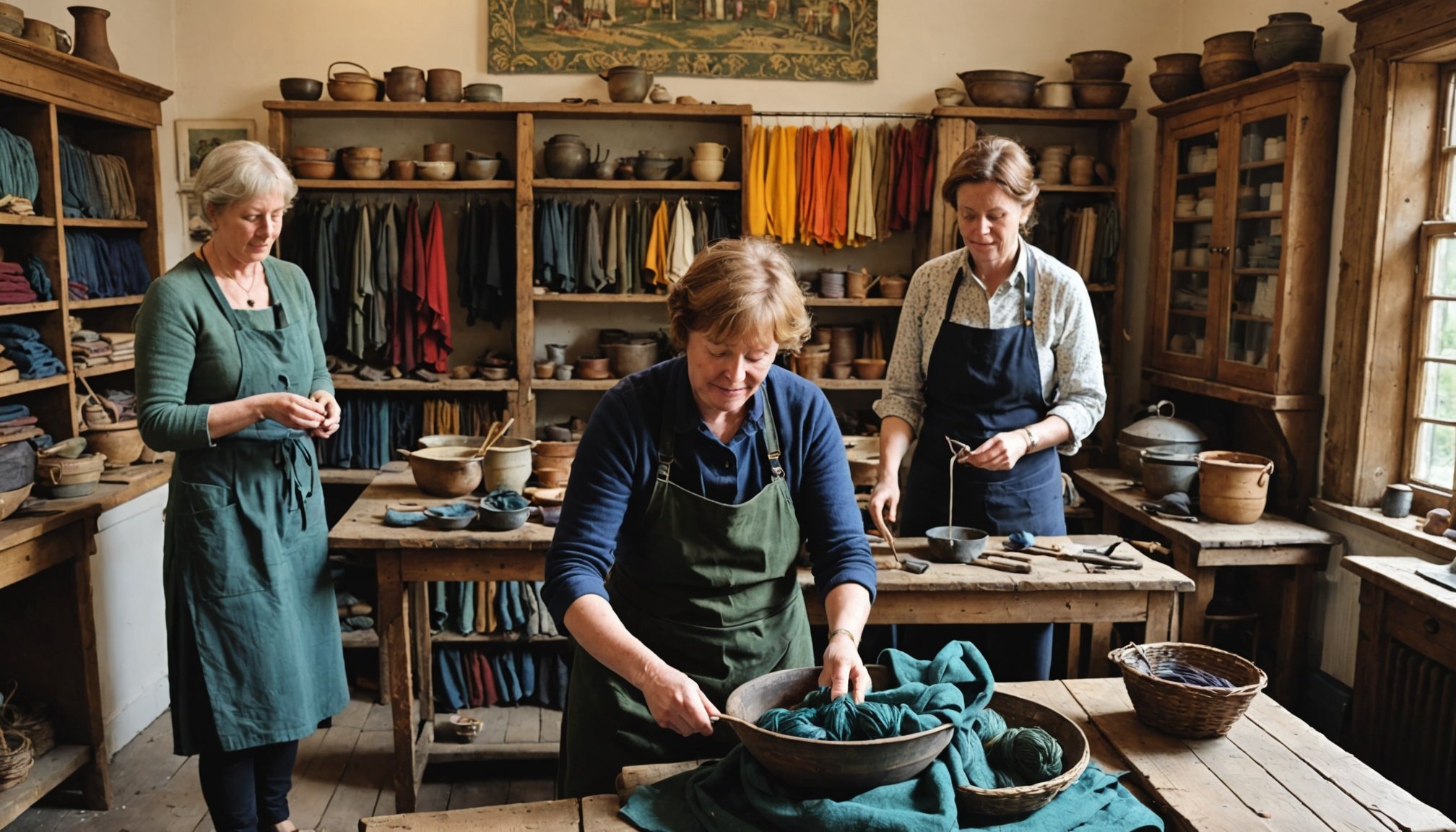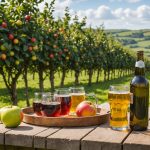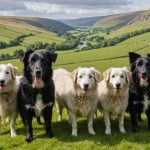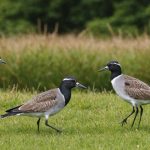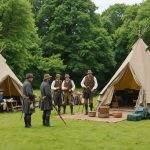Overview of Traditional British Textile Dyeing
The evolution of traditional British textile dyeing is a tale woven from a rich tapestry of history, culture, and innovation. Initially, dyeing was rooted in natural methods, harnessing plants and minerals to infuse fibers with rich, earthy hues. Over time, as trade routes expanded, Britain began incorporating exotic materials, enhancing existing dyeing techniques.
In the 19th century, the advent of synthetic dyes marked a significant transformation. Synthetic dyes brought vibrant, consistent colours, revolutionising the industry. This shift, though revolutionary, sparked debates around authenticity and preservation of traditional methods. Despite synthetic dyes’ dominance, natural dyeing persists, cherished for its sustainability and environmental benefits.
Have you seen this : Finding your perfect furnished apartment: a comprehensive guide
The cultural significance of dyeing in Britain extends beyond aesthetics. It’s deeply tied to identity, symbolizing societal status and regional heritage. Various regions boast unique dyeing processes, reflecting local resources and traditions. For example, Scotland’s famous tartans are intertwined with regional pride and identity.
As we look into the future, there’s a resurgence in traditional dyeing, driven by a cultural renaissance and environmental consciousness. Current practitioners blend ancient techniques with modern applications, ensuring the art of textile dyeing remains relevant and cherished.
In the same genre : Discover the UK Towns with the Most In-Depth Guided Tours on the Enigmatic History of British Witch Trials
Popular Workshops for Textile Dyeing
Embark on an artistic journey by exploring textile dyeing workshops across Britain. These immersive experiences are designed to offer participants hands-on learning, immersing them in the rich tradition of British dyeing. Workshops provide unique opportunities to learn about both traditional and contemporary techniques in a practical setting.
Notable Locations for Workshops
The charming landscapes of the Cotswolds host workshops known for their serene environment, promoting creativity and focus. In London, workshops often blend traditional approaches with modern innovations, offering dynamic sessions for enthusiasts. Norwich workshops emphasize the region’s history, providing insights into both past and present practices. These locations not only provide distinctive learning experiences but are generally well-equipped with accessible amenities, ensuring a comfortable visit.
Workshop Highlights
Workshops typically cover key techniques such as indigo dyeing and shibori. Sessions are structured to vary in length, often ranging from a single day to weekend programs. Celebrated instructors—often skilled artisans themselves—guide participants through the dyeing processes, sharing their expertise and inspiring creativity.
Pricing and Booking Information
Workshop costs include materials and instruction, with prices varying based on duration and location. Early booking is recommended to secure a spot, given the popularity of these experiences. Policies often allow for flexible booking and cancellations, accommodating customers’ needs while encouraging participation.
Tips for Tourists Participating in Workshops
Embarking on a textile dyeing workshop can be an exciting adventure for tourists. To ensure a seamless experience, it’s vital to be well-prepared. Here are some tourist tips to maximise your immersive experience:
Pack essentials such as a notebook for jotting down techniques and a camera to capture standout moments. Wearing comfortable, practical attire that can withstand spills, such as aprons, is advisable. Incorporate safety measures by bringing closure shoes and, if needed, gloves, since certain dyes can be skin-sensitive.
Engaging fully requires an open mindset. To optimise hands-on learning, ask questions, remain curious, and interact with instructors and peers. This approach not only enriches your understanding but also enhances the cultural significance of the craft, offering deeper insights into its heritage and evolution.
Plan to spend time observing others to refine your technique, understanding different dyeing methods through shared community learning. Engaging in discussions about the visual and emotional impact of colours encourages a broader appreciation, offering a fulfilling dive into the world of traditional British textile dyeing.
Participant Testimonials and Experiences
Engaging in workshop testimonials reveals a wealth of insight from a range of diverse personal experiences. Participants often express joy and satisfaction in sharing their journeys, highlighting how unique and memorable the workshops were.
Sharing Participant Stories
Common themes in participant feedback include the enjoyment of hands-on interaction and the immersive nature of learning. Stories often focus on favorite moments like creating unique colour blends or mastering traditional dyeing techniques. Many describe the sense of accomplishment they feel when they finally produce a vibrant textile piece through their newfound skills. Imagery shared by participants often captures the vibrant bursts of color and intricate detail involved in the dyeing process, portraying the cultural significance and charm of traditional techniques.
Community Impact and Connections
Workshops not only teach dyeing but also forge meaningful community connections. Participants consistently appreciate the warm, collaborative environment that fosters creative interaction and deepens community feedback. Many form lasting friendships, exchanging ideas long after the sessions end. The sense of belonging to a local craft community amplifies the value of these experiences, promoting both personal growth and cultural appreciation. Through these workshops, individuals have the opportunity to connect, learn, and contribute to the vibrant tapestry of Britain’s textile heritage.
Visual Elements of Textiles and Dyeing
Visuals play a crucial role in understanding and appreciating the textile dyeing process. Capturing the intricate stages of dyeing requires specific photographic techniques. Close-up shots highlight the texture and colour nuances of textiles, while time-lapse photography can beautifully illustrate the transformation from raw fabric to a finished product. These visuals provide not only a technical insight but also emphasise the cultural significance of dyeing, helping viewers connect to heritage and craftsmanship.
Showcasing finished products is equally important. Photographs of completed textiles, displayed with natural lighting, enhance the richness of dyes used. Such images can capture the vibrancy of synthetics alongside the subtlety of natural dyes, offering a comprehensive view of the dyeing techniques deployed.
Incorporating visuals allows enthusiasts to appreciate the full spectrum of processes and outcomes. Action shots of artisans at work or group images from immersive workshops foster a sense of community and shared learning. These elements provide a dynamic way to visually articulate the traditions and innovations that co-exist within traditional British textile dyeing, enriching both historical context and modern appreciation.
